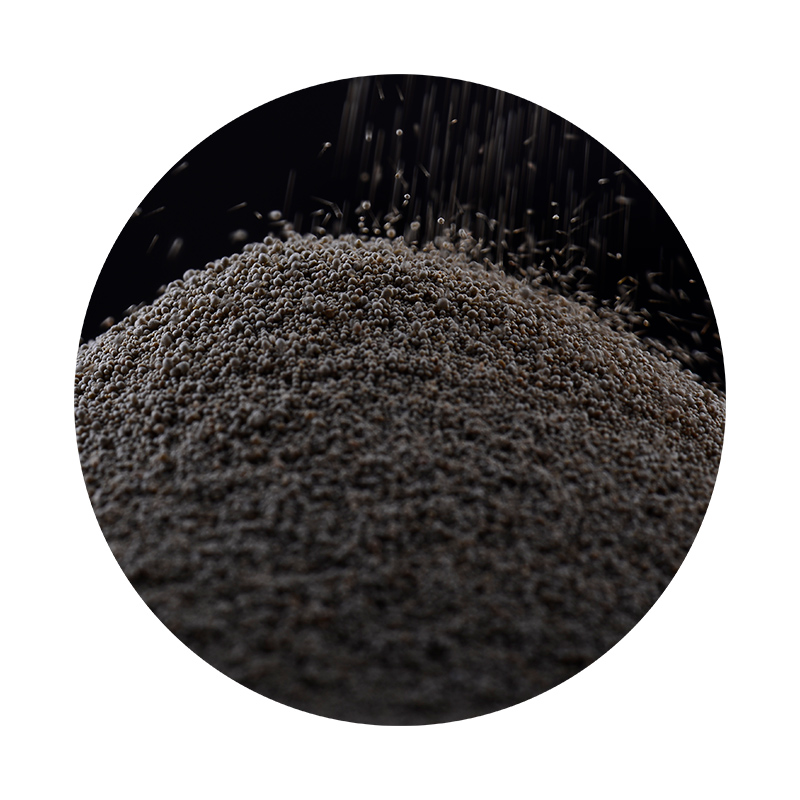The Importance of Sanding 3D Resin Prints Techniques and Tips
3D printing has revolutionized the way we create objects, allowing for unprecedented levels of detail and design flexibility. Among the various methods of 3D printing, resin printing stands out because of its ability to produce high-resolution models with intricate details. However, one aspect that often gets overlooked is the finishing process, particularly sanding. Sanding is crucial for achieving a professional look and feel for resin prints, and understanding the techniques and tips associated with it can significantly enhance your final product.
Why Sanding is Necessary
Sanding is essential for a few reasons. Firstly, even the most advanced resin printers may leave some layer lines or rough spots due to the printing process. These imperfections can detract from the overall quality of the print, particularly for models meant for display or use. Secondly, sanding helps prepare the surface for painting or further treatment. A smooth surface promotes better adhesion of paints, glues, and other finishing materials.
Tools Needed for Sanding
Before you start sanding, it's important to gather the right tools
1. Sandpaper A range of sandpaper grits will be needed. Start with a coarser grit (like 120 or 220) to remove larger imperfections, and then progress to finer grits (like 400, 600, or even 1000) for a smooth finish.
2. Sanding Sponge These are perfect for curved or intricate surfaces, as they can flex and conform to the shape of your print.
3. Masking Tape Use masking tape to protect areas you don’t want to sand or to create clean lines for painting.
4. Dust Mask and Eye Protection Safety should always come first. Fine dust from sanding resin can be harmful, so wearing a mask and goggles is recommended.
5. Water Spray Bottle (Optional) Wet sanding can help to minimize dust and achieve an even smoother finish.
sanding 3d resin prints

The Sanding Process
1. Preparation Before starting, make sure your work area is clean and free from dust. Remove any support structures from the resin print, as they can be a source of rough edges.
2. Initial Sanding Begin with a coarser grit sandpaper. Use gentle, circular motions to remove the initial layer lines and imperfections. It’s better to take your time and gradually work on the surface rather than applying too much pressure at once.
3. Progressing to Finer Grits Once the rough areas are smoothed out, transition to finer grit sandpaper. This step will refine the surface further. Be patient during this process, as rushing can result in scratches or uneven areas.
4. Wet Sanding If you opt for wet sanding, keep a spray bottle handy to continuously moisten the surface while sanding. This technique reduces dust and helps achieve a glass-like finish.
5. Final Touches After sanding, wipe down the print with a damp cloth to remove any dust. Inspect the model to identify any areas that might need additional sanding. Sometimes, it’s beneficial to hold the print up to a light source to spot imperfections.
6. Surface Treatment If you’re not painting your print, consider applying a clear coat or resin finish after sanding. This adds a protective layer and enhances the overall appearance.
Tips for Effective Sanding
- Be patient. Sanding can be time-consuming, but the end result is worth the effort. - Experiment with different techniques based on the complexity of your model. Some may require more attention to detail than others. - Don’t over-sand; it’s easy to inadvertently remove too much material, especially on thin or delicate features.
Conclusion
Sanding 3D resin prints may seem like a tedious task, but it is an essential part of the finishing process that can elevate your prints from average to stunning. By using the right tools and techniques, anyone can achieve a professional-quality finish, making their creations stand out. Whether you’re crafting miniatures, prototypes, or custom designs, investing time in sanding will yield impressive results that you can be proud of. Happy printing!
Post time:Dùbh . 12, 2024 10:44
Next:sand casting materials
